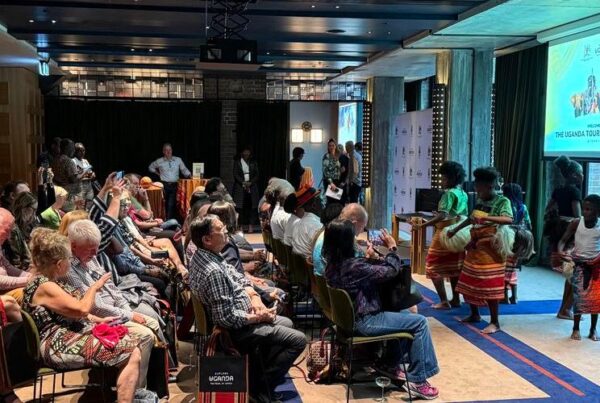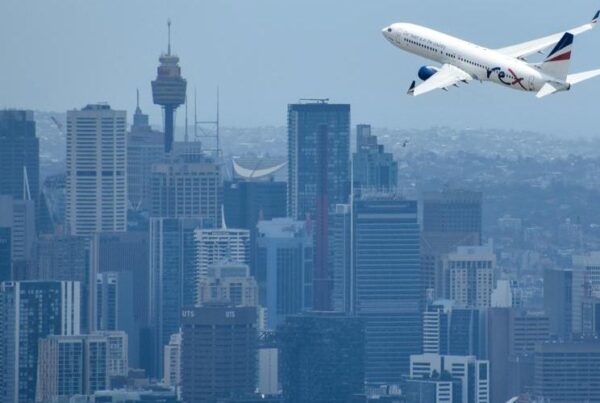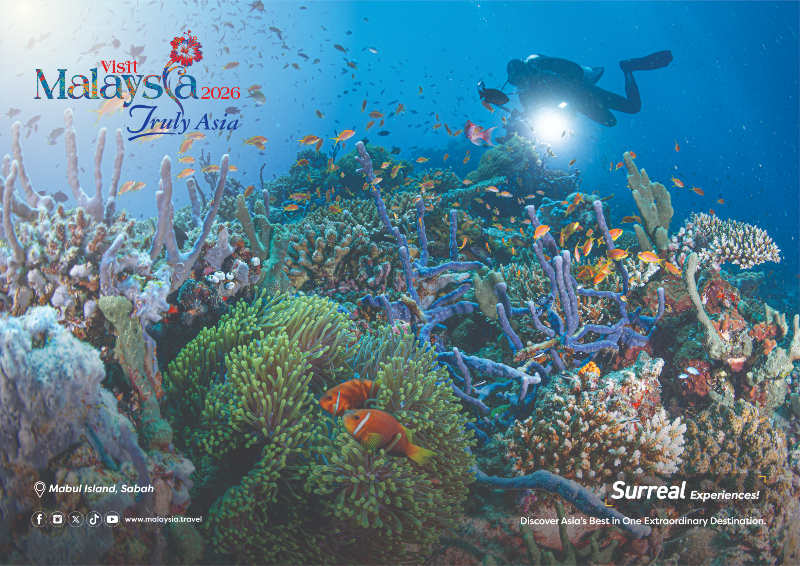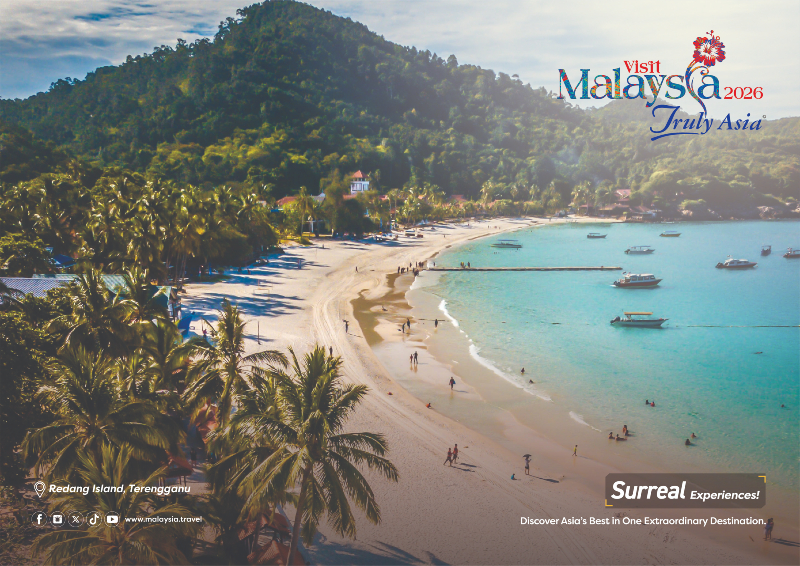One person died aboard Singapore Airlines Flight 321 while flying between London and Singapore in what the airline labelled “clear air turbulence” over Myanmar. Many Australians were onboard and were among the 70 people injured.
Peter Carter, Director of Carter Capner Law, said the firm was acting for 11 passengers but is also investigating claims for many others who have no physical injury but have experienced significant psychological trauma.
“Many of our clients exhibit PTSD symptoms as a result of this terrifying mid-air experience. They thought they were going to die,” he said.
Mr Carter explained that there is no compensation available for PTSD unless it can be demonstrated it has caused some physical change in the passenger.
“To this end, our medical experts are utilising leading-edge brain scanning techniques to image brain abnormalities.
“We are optimistic to also be able to recover substantial damages for PTSD injuries for affected passengers including those who have no other physical injuries.”
The firm expects to present compensation demands to the airline’s insurers by September, with Mr Carter believing that many passengers will receive awards for damages “well in excess of US$1 million.”
If Singapore Airlines proves it had no part to play in the accident, its liability for proven losses for each passenger will be limited to US$180,000.
However Mr Carter said his firm’s belief after an in-depth investigation is that the pilots likely encountered a thunderstorm at too close proximity as it passed over an area notorious for thunderstorm activity in the Inter Tropical Convergence Zone.
“Other planes took evasive action and changed direction, yet Flight SQ321 headed directly through the suspect area.”
He said the interim report confirms that the G-forces applied to passengers’ bodies – including a drop in vertical acceleration from +1.35G to -1.5G – was sufficient to cause serious injury even to passengers restrained by a seat belt.
The final accident report from the Singaporean Transport Safety Investigation Bureau (TSIB) is expected to be released mid-year.









